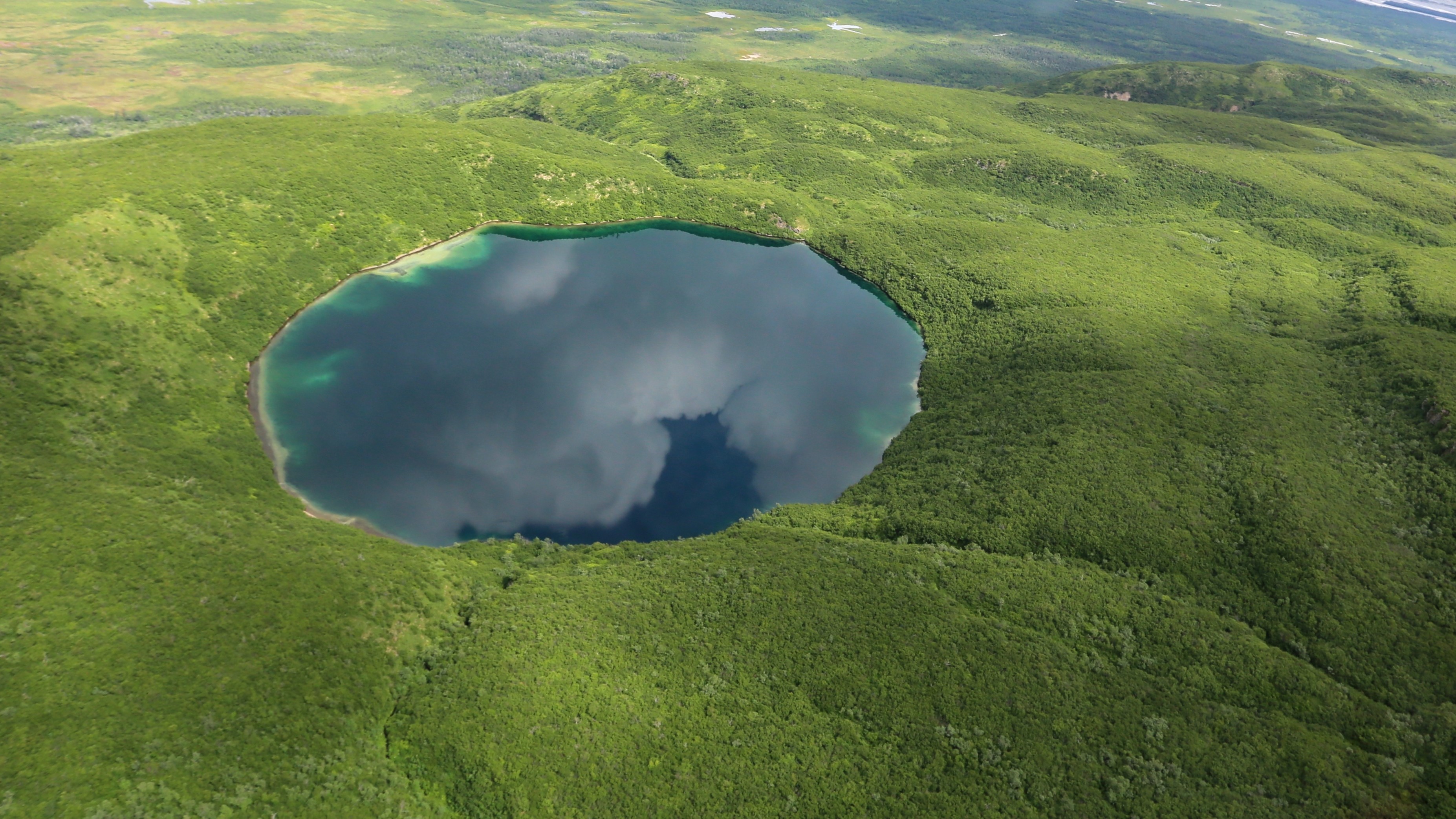Incredible places: A window onto extraordinary landscapes on Earth
Earth is home to some truly mind-boggling landscapes, from salt-covered deserts to giant, underwater waterfalls. Geological and biological processes, together with climates and inevitable wear-and-tear, have shaped these natural landscapes over the eons into the awe-inspiring features we see today. Every week, we open a window onto an incredible place and highlight the fantastic history and science behind it.
Explore more amazing places on Earth
Latest about incredible places
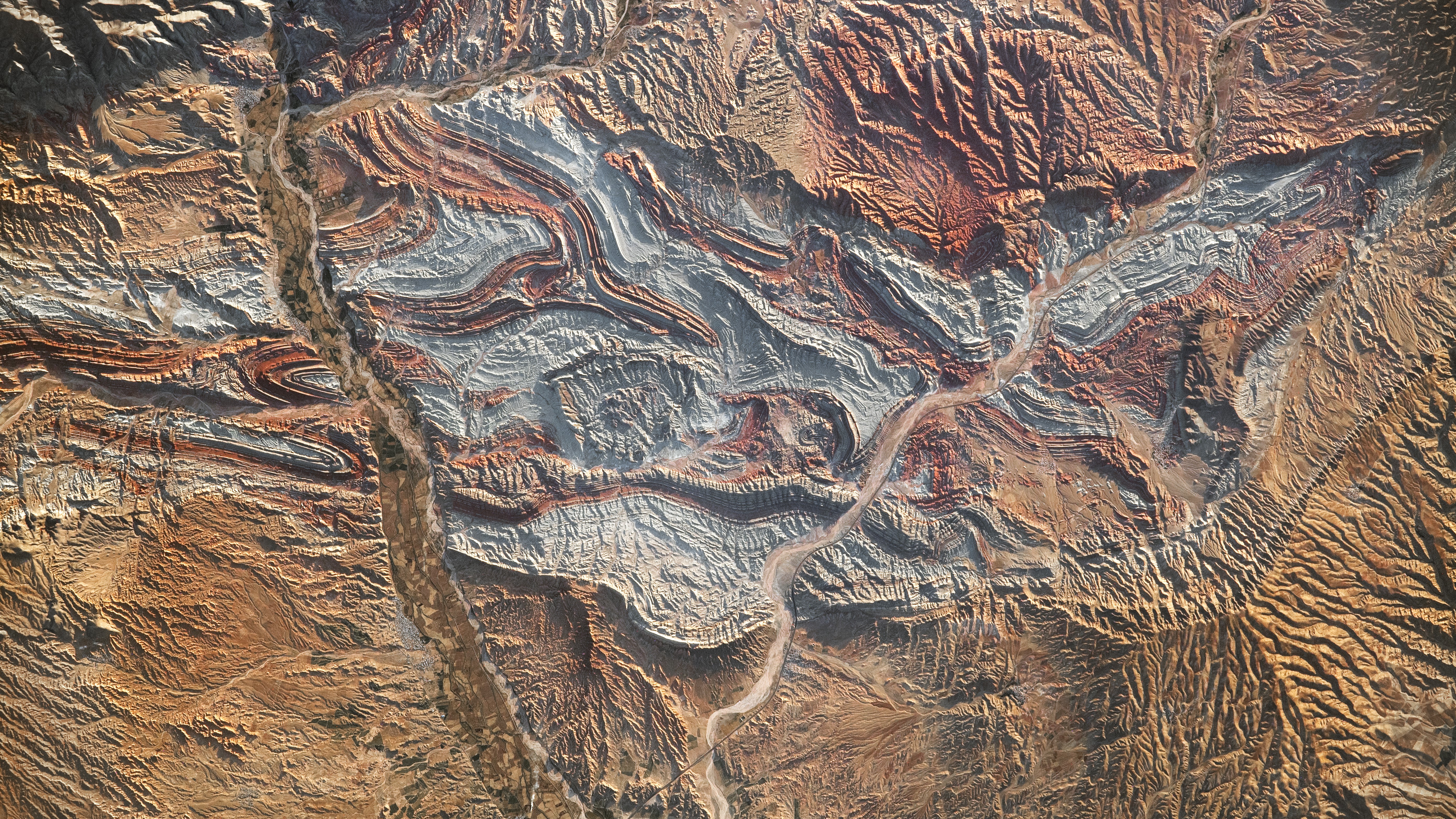
Iran's folded rocks: The crumpled mountains at the intersection of Asia and Europe
By Sascha Pare published
Iran's folded rocks are a colorful formation that is part of the Greater Caucasus mountains, which formed when the Eurasian tectonic plate collided with the Arabian plate millions of years ago.

Wilkes Land crater: The giant hole in East Antarctica's gravitational field likely caused by a meteorite
By Sascha Pare published
Researchers have proposed many origins for a gravity anomaly in Wilkes Land, East Antarctica, but the latest evidence suggests the subglacial hole is an impact crater measuring 315 miles across.

Rainbow Mountains: China's psychedelic landscape created when 2 tectonic plates collided
By Sascha Pare published
The colorful swirls and stripes that characterize China's Rainbow Mountains would have remained hidden without the epic tectonic collision that created the Himalayas.
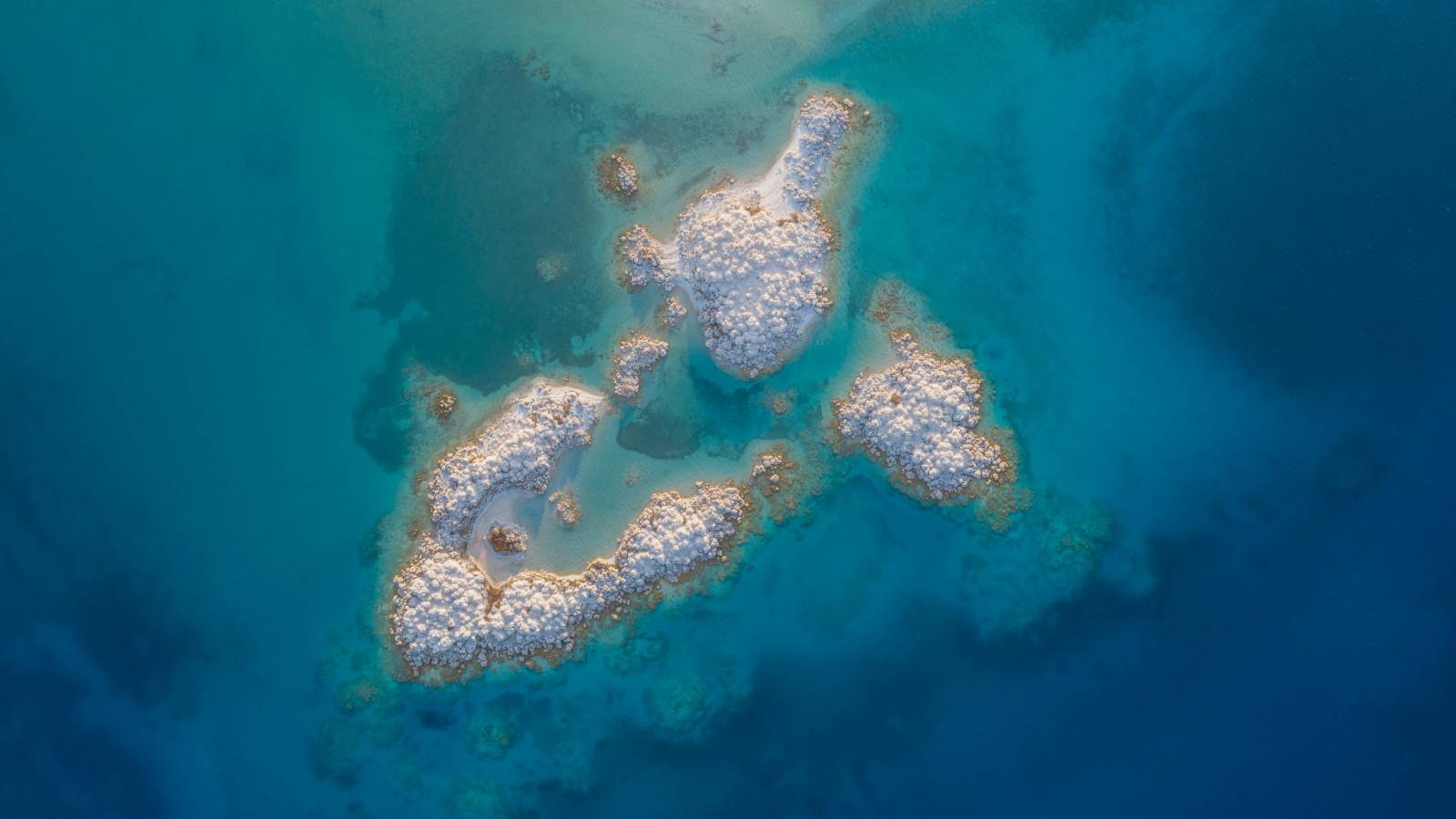
Lake Salda: The only place on Earth similar to Jezero crater on Mars
By Sascha Pare published
Lake Salda, in southwestern Turkey, bears a close resemblance to Mars' Jezero crater, which is currently being sampled by NASA's Perseverance rover.
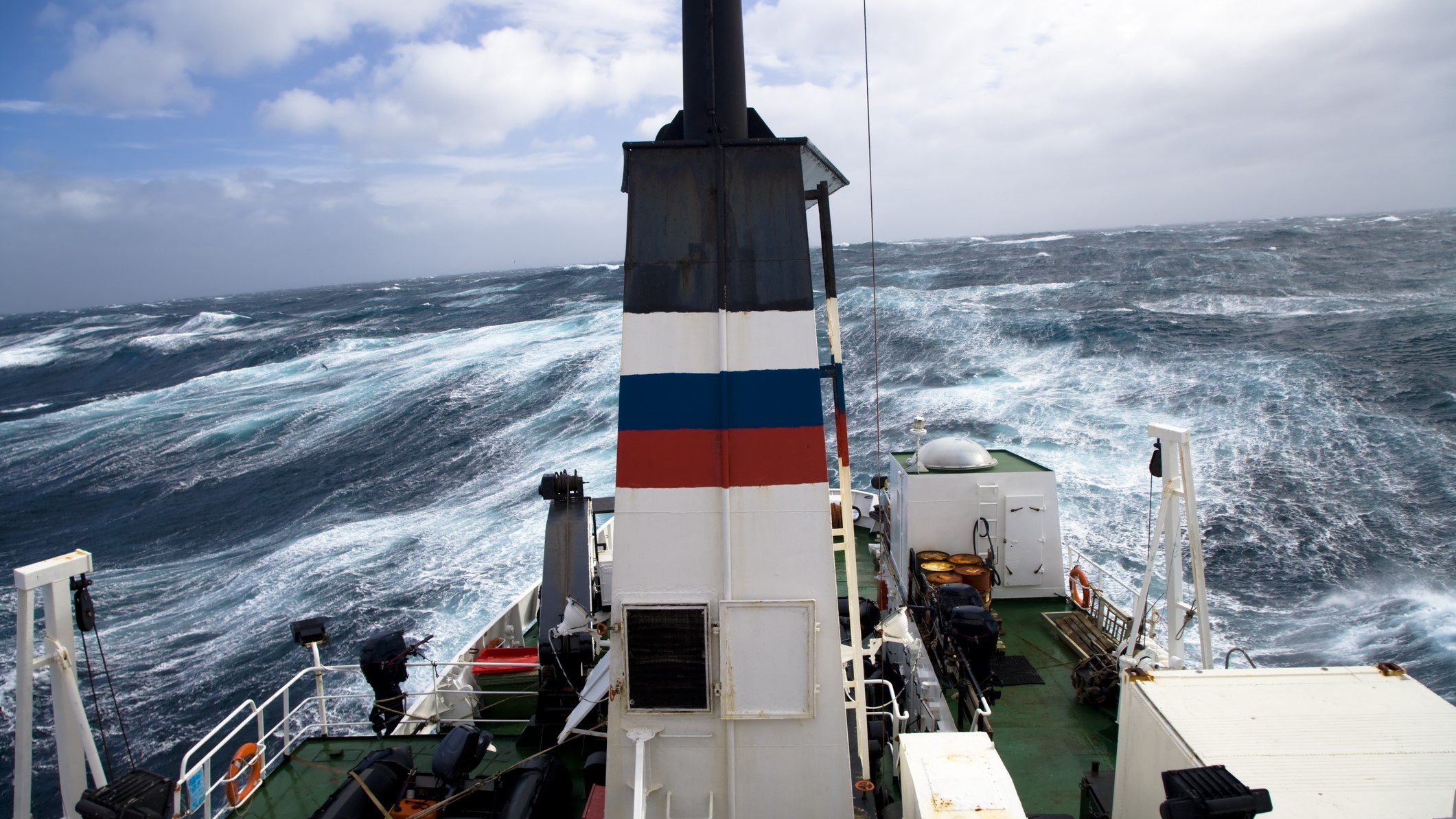
Drake Passage: The 'most dreaded bit of ocean on the globe' — where waves reach up to 80 feet
By Sascha Pare published
The Drake Passage off the West Antarctic Peninsula is a notoriously dangerous channel that connects the Atlantic, Pacific and Southern oceans.

Mount Washington: Home to 'the world's worst weather' with record wind speeds of 231 mph
By Sascha Pare published
Mount Washington is a prominent mountain in New Hampshire, known for its dramatic weather and conditions that are extremely dangerous for hikers and climbers.
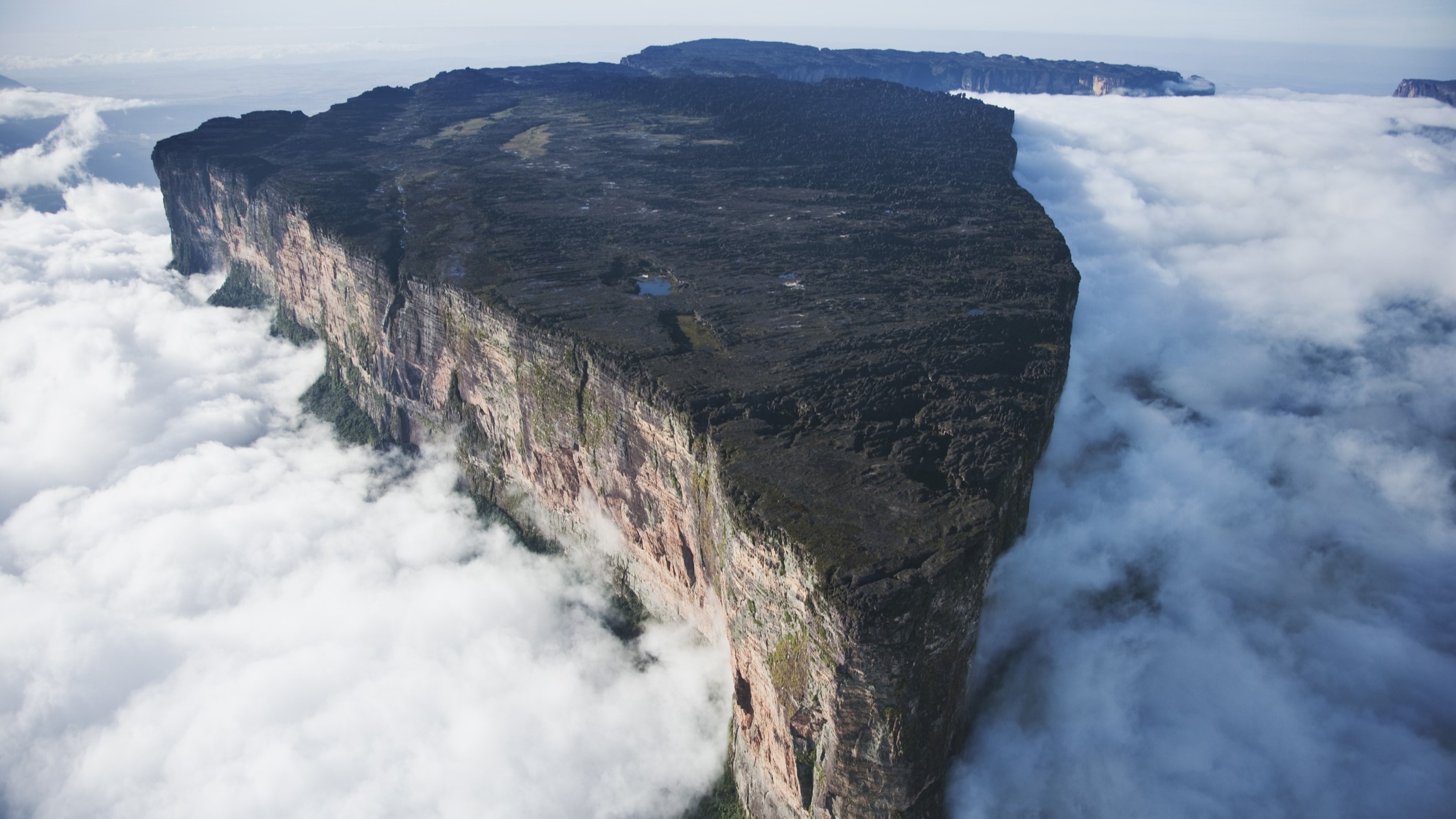
Mount Roraima: The 'lost world' isolated for millions of years that Indigenous people call the 'house of the gods'
By Sascha Pare published
Mount Roraima is a flat-topped formation with crystal-clear pools, waterfalls and a unique ecosystem that has been isolated from the surrounding savanna for millions of years.
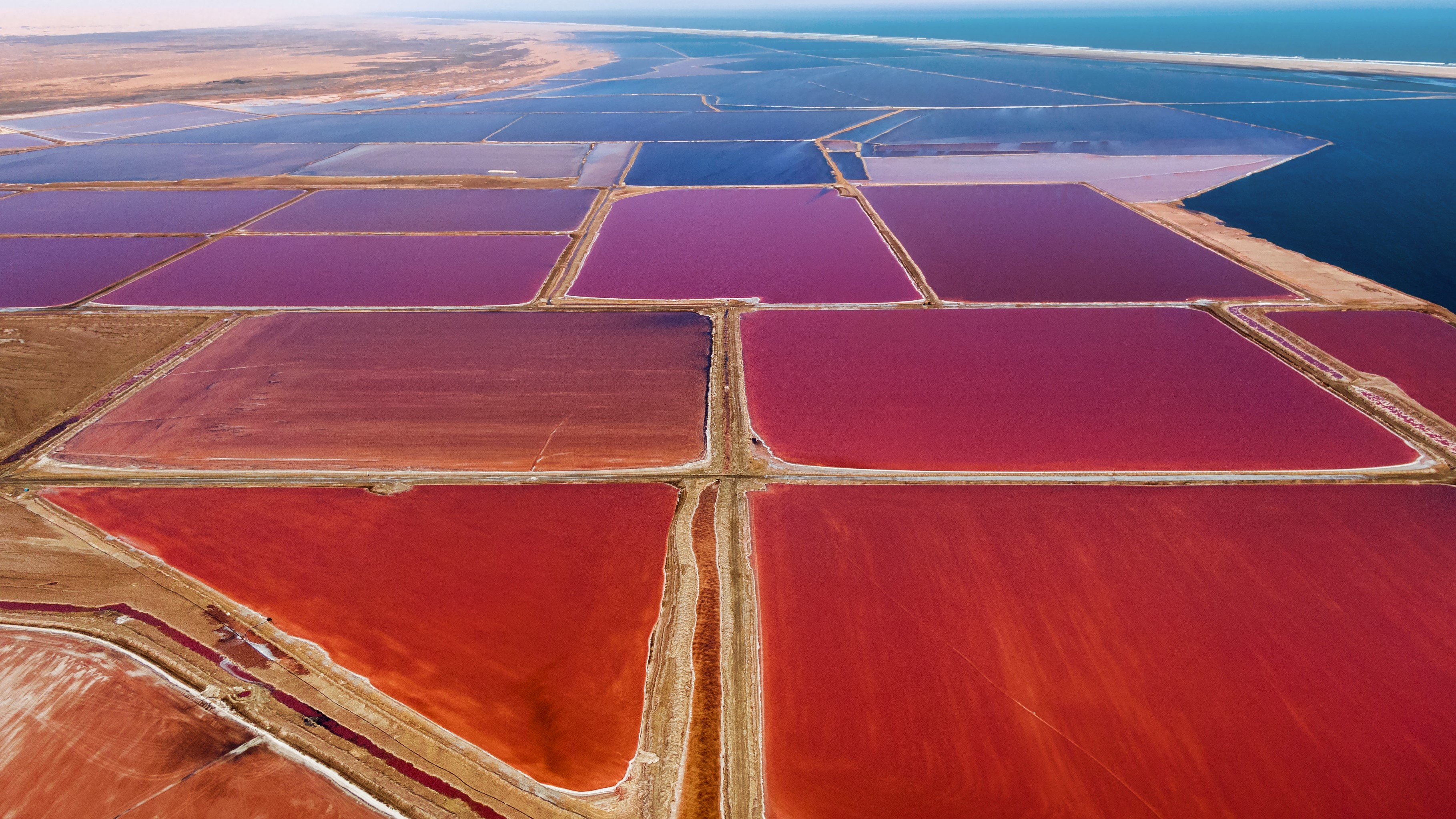
Walvis Bay saltworks: The monster refinery in Namibia with colorful ponds that cover the land like patchwork
By Sascha Pare published
Walvis Bay in Namibia is home to the largest solar sea-salt production plant in sub-Saharan Africa. The plant is famous for its brightly colored evaporation ponds.
Sign up for the Live Science daily newsletter now
Get the world’s most fascinating discoveries delivered straight to your inbox.
